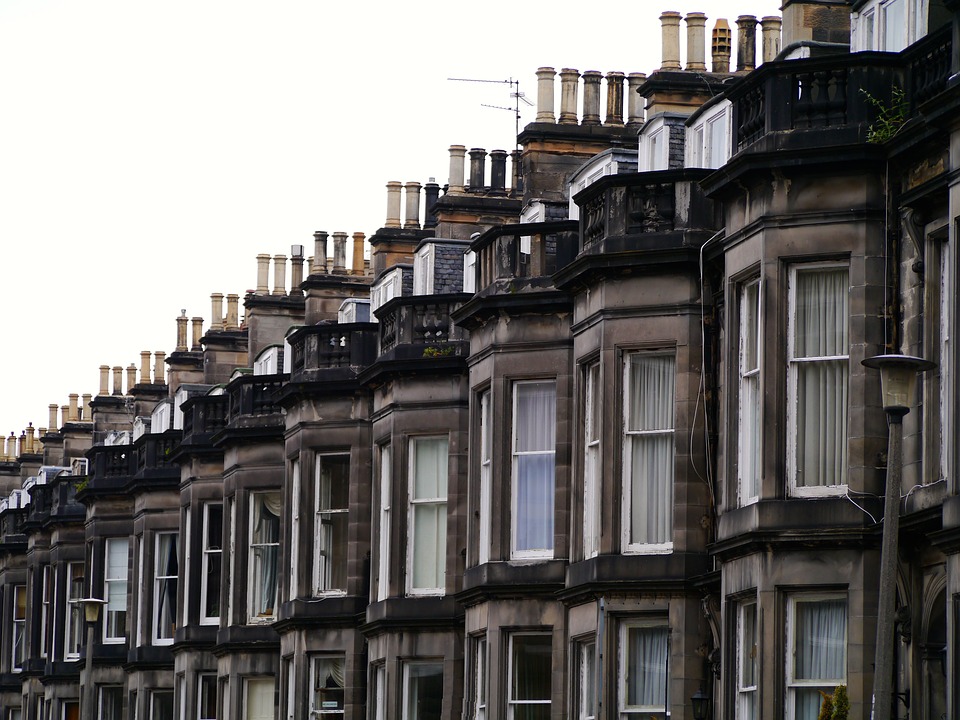Mortgages
House prices rise £27,000 in a year

Property prices in the UK rose 10.9% in the last year to an average of £277,000, according to the latest data from the Office for National Statistics (ONS).
The average price of a home was £250,000 in February 2021, and increased by £27,000 to February 2022.
The data, recorded by HM Land Registry (HMLR), is from actual house sales
Homes in Wales saw the biggest increases, of 14.2% in the year to February to an average of £205,000.
In Scotland prices rose by 11.7% to £181,000, in England by 10.7% to £296,000 and Northern Ireland saw the smallest rise of 7.9% to £159,000.
The price of detached properties grew by 14.4% to an average of £383,236. Semi-detached homes rose by 11.4% to £238,733, terraced homes by 9% to £204,543, and flats were up by 8.1% to £210,953.
The cost of new-build properties was faster than for older homes, with an annual increase of 19.3% to £352,909 compared to 8.6% to £266,669 for existing homes.
The data from the ONS echoes similar indices from Halifax and Nationwide, which are based on mortgage approvals.
House prices rose 11% in March, to a record high of £282,753, according to Halifax. It said monthly prices rose by 1.4%, the ninth month in a row they have gone up.
Nationwide recorded an annual increase of 14.3% in March, with average prices hitting £265,000.
Property market ‘defies gravity’
Inflation is soaring, at 7% for March, and the cost-of-living crisis is pushing up the price of everything we buy. Yet the property market is still increasing.
However, the most recent ONS data doesn’t take into account the raft of price rises we saw in March and April.
Sarah Coles, senior personal finance analyst for Hargreaves Lansdown, says: “The property market continues to defy gravity.
“Despite rising rates and runaway inflation putting the squeeze on affordability, February saw another record average price, and it was another month where your house made about as much money as you did.
“But while it may feel like a property boom that can endure through rising inflation and interest rates could defy any challenge, there’s a risk that prices will eventually start to soften.”
Supply still outstripping demand
One of the main drivers to property prices is supply and demand. The production of new homes slowed during the pandemic, after the property market shut down completely in March 2020. This has lead to fewer homes being available to potential homebuyers.
Nathan Emerson, CEO of Propertymark, says: “The level of housing supply is 32 per cent lower than before the pandemic and demand is up 134 per cent.
“These latest ONS figures suggest that the market continues to remain extremely competitive but the cost of living crisis may be a key contributor preventing home buyers and sellers coming onto the market due to financial uncertainty.
“However, slight growth in the number of properties coming to the market is being seen which is a positive shift in the right direction as a closing in the gap of supply and demand will enable house prices to start to stabilise.”